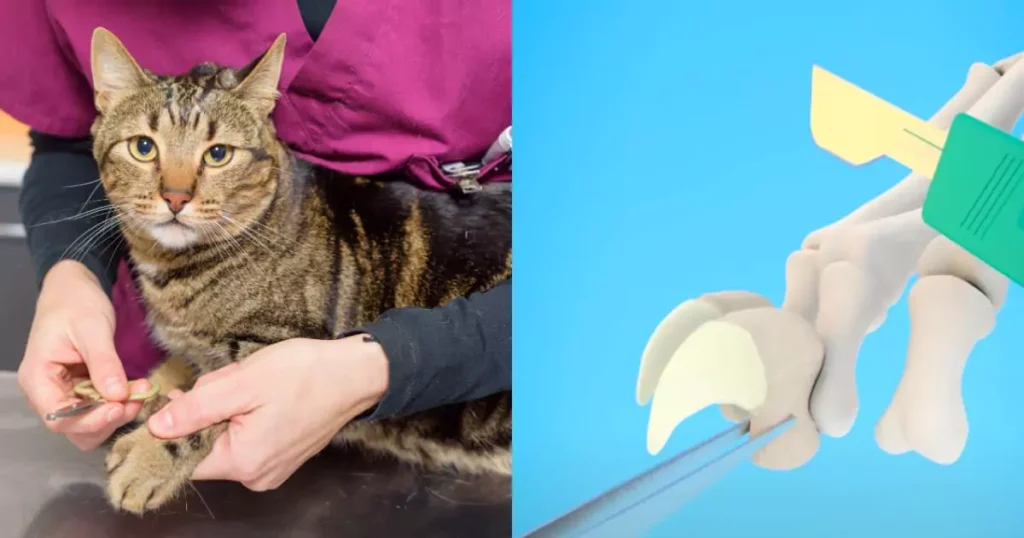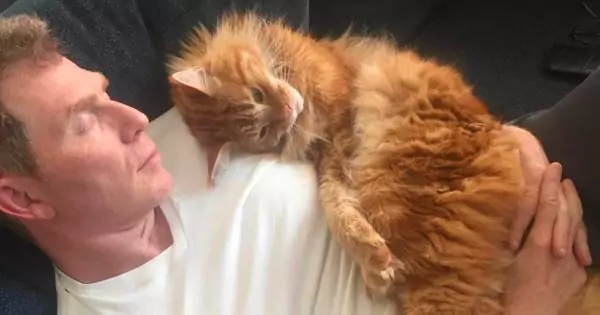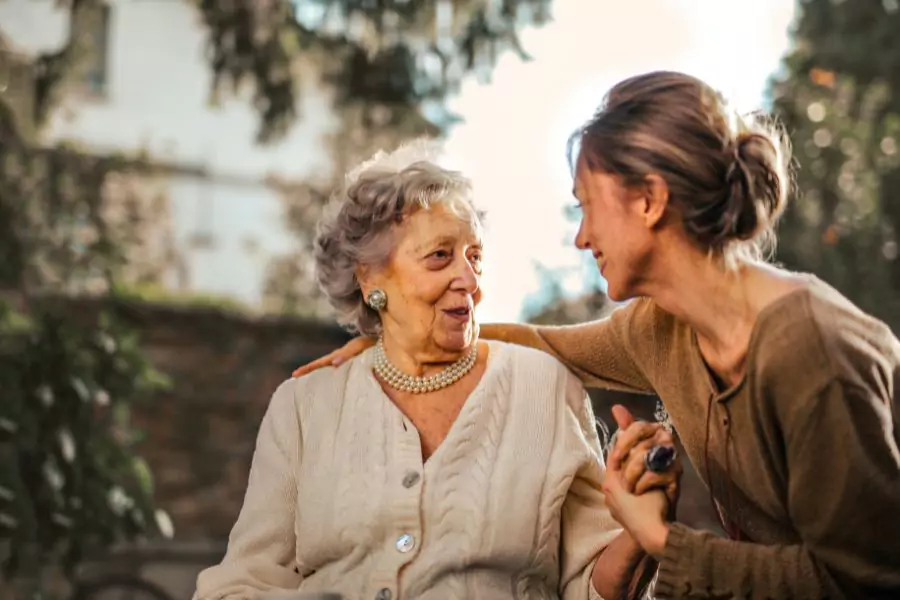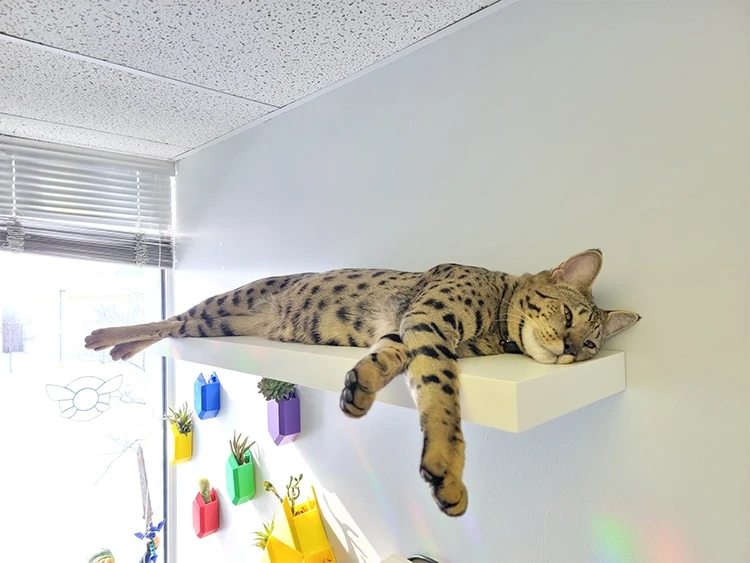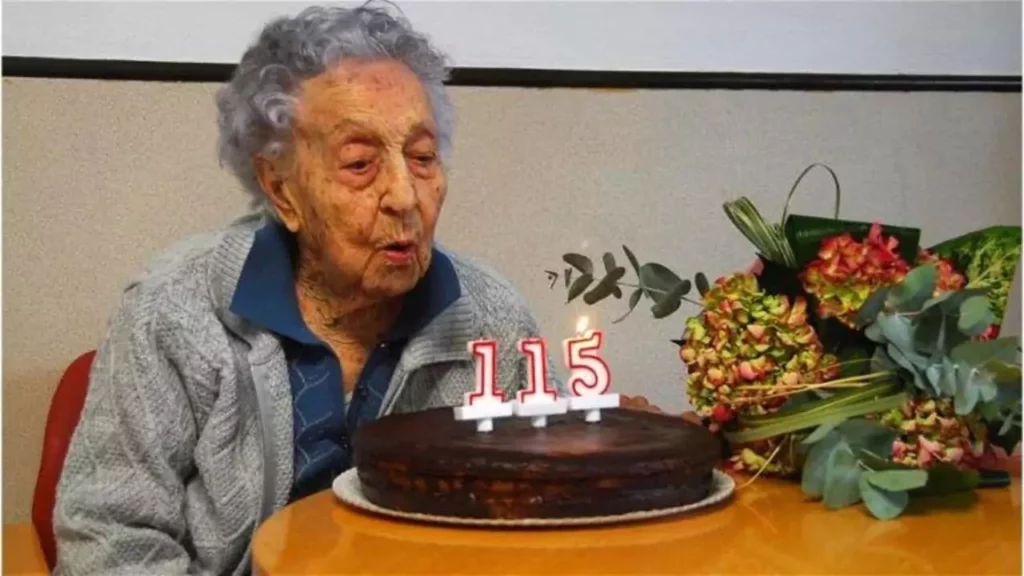
Lori and George Schappell, the world’s oldest conjoined twins, have left a profound legacy that resonates far beyond their recent passing at the age of 62. Born physically joined, their lives were a testament to resilience and individuality in the face of extraordinary circumstances. Notably, their story took a groundbreaking turn when George courageously came out as transgender, a revelation that brought significant attention to issues of identity and expression within the physically conjoined community. Their journey offers a unique perspective on human connection, medical phenomena, and personal identity, making their narrative not only compelling but also a crucial part of medical and social history.
Early Life and Background
Lori and George Schappell were born on September 18, 1961, in Reading, Pennsylvania. From birth, they were diagnosed with craniopagus conjoinment, meaning they were joined at the head, a rare condition that occurs in just one out of every 2.5 million births. Growing up, the Schappells faced numerous challenges due to their physical condition, but were supported by a loving family who encouraged them to pursue education and personal development despite societal barriers.

Their conjoinment did not involve shared critical brain tissue, which allowed them to have distinctly separate personalities and cognitive functions. This medical condition brought them national attention at an early age, subjecting them to the public eye and medical scrutiny. Despite these challenges, they attended public school and later ventured into different personal interests and professional endeavors, demonstrating remarkable resilience and independence.
Challenges and Triumphs
Navigating life as conjoined twins, Lori and George Schappell encountered unique challenges that tested their emotional and physical boundaries. Early in life, they underwent several surgeries aimed at improving their quality of life, but no attempt was made to separate them due to the risks involved. The twins faced physical limitations and public curiosity, yet they managed to carve out a space for themselves in both school and later in their careers.
Their triumphs are a testament to their tenacity. Lori became a champion for disability rights, speaking at events and advocating for better treatment and understanding of people with disabilities. George, on the other hand, pursued a career in entertainment and became known as a talented singer, even performing on television shows and in venues across the country. His courage to publicly come out as transgender later in life also marked a significant personal victory, challenging societal norms and advocating for transgender rights within unique physical conditions.
Career Highlights
Lori and George Schappell’s careers reflect their individual passions and shared commitment to living fully despite their conjoinment. George found his calling in the entertainment industry, achieving notoriety as a country music singer under the stage name Reba Schappell. His music career included a notable performance at the Grand Ole Opry, and he even won an L.A. Music Award for his album.
Lori focused on advocacy, using her experiences to push for rights and accommodations for people with disabilities. She worked in a hospital, helping to educate healthcare professionals on the needs of disabled individuals and participated in numerous conferences and panels discussing disability rights.

Personal Lives and Individuality
Despite being conjoined, Lori and George maintained distinctly separate identities. Lori enjoyed a more quiet life focused on her advocacy work, while George embraced the spotlight through his music and public appearances.
George’s journey as a transgender man brought significant personal challenges but also highlighted his immense bravery in living authentically. He often spoke about the importance of recognizing his gender identity separate from their conjoined status, which played a critical role in discussions about intersectionality within the LGBTQ+ and disabled communities.
The Significance of Their Longevity
Living to the age of 62, Lori and George Schappell became the world’s oldest living conjoined twins, a significant milestone that offered invaluable insights into the medical, psychological, and social aspects of living as conjoined individuals. Their longevity challenged previous medical assumptions about the life expectancy and quality of life for conjoined twins, providing researchers and medical professionals with decades of health data and personal accounts.
Their unique health journey contributed significantly to the understanding of conjoined twin health, aging, and medical care, helping to improve treatment protocols and interventions for similar cases.
Legacy and Influence
The legacy of Lori and George Schappell extends far beyond their medical records. They have left an indelible mark on the communities they touched, including those advocating for disability rights and transgender visibility. Their lives challenged conventional perceptions of disability and identity, inspiring countless individuals who face similar challenges.
Their story is frequently cited in medical studies and social discussions, serving as a powerful example of perseverance, dignity, and the complex interplay between physical and personal identity. The advocacy work done by both twins, particularly in the realm of disability rights and transgender issues, continues to influence policies and perceptions.
Conclusion
Lori and George Schappell’s lives were a profound narrative of resilience, identity, and human dignity.
They navigated their unique challenges with strength and grace, leaving behind a legacy that transcends their medical condition. Their passing is not only a moment to reflect on their remarkable journey but also an opportunity to continue their advocacy in new ways. As we remember Lori and George, we celebrate their contributions to understanding the human condition and their unwavering commitment to living authentically. Their story reminds us of the boundless potential of the human spirit to overcome, adapt, and inspire.























































